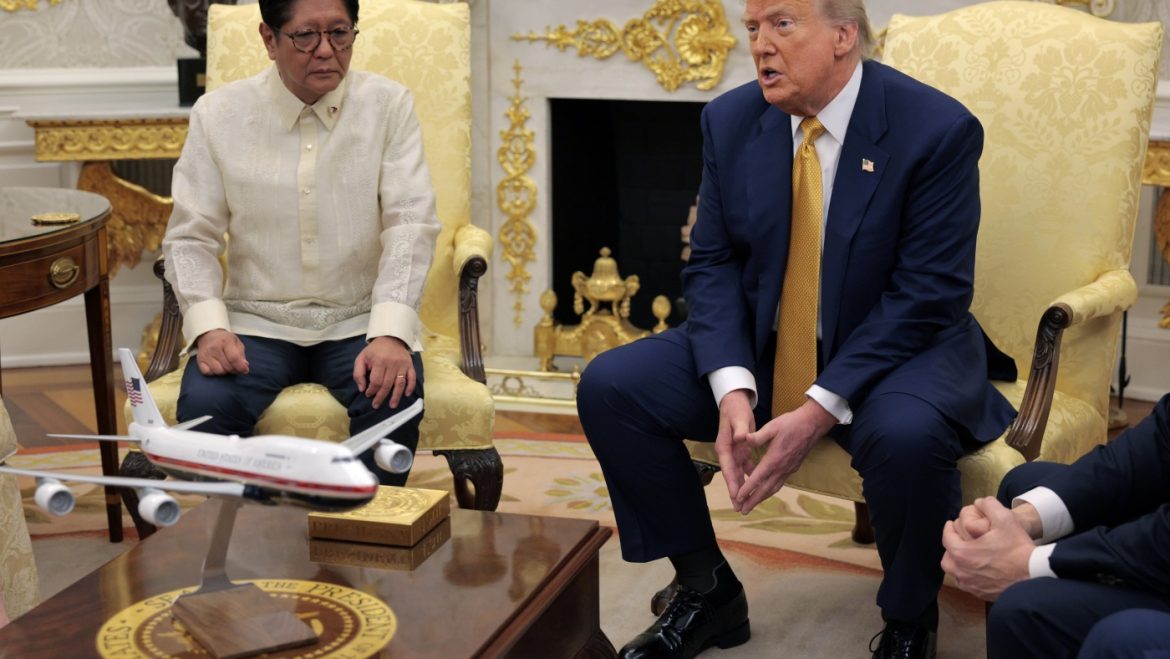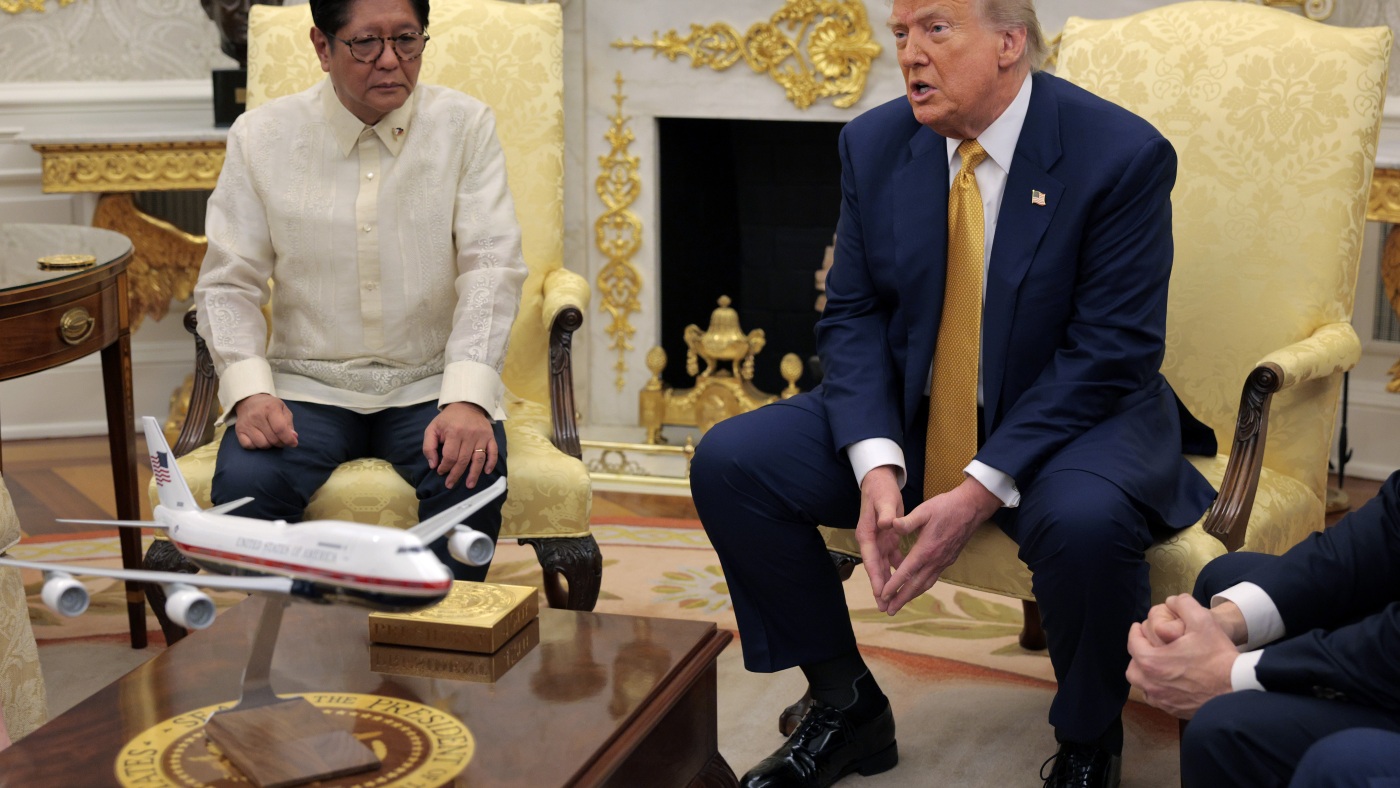The Art of the Political Pivot: Analyzing Trump’s Deflections on the Epstein Probe
The Epstein Enigma: A Persistent Shadow
The Jeffrey Epstein case remains one of the most enigmatic and controversial chapters in recent political and legal history. Epstein, a wealthy financier and convicted sex offender, died in 2019 while awaiting trial on federal charges of sex trafficking. His death, ruled a suicide, has been shrouded in conspiracy theories and unanswered questions. The case has cast a long shadow over numerous high-profile individuals, including former President Donald Trump, who had a documented association with Epstein in the past.
The Epstein probe has been a persistent thorn in the side of Trump’s political narrative. Questions about his connections to Epstein, the nature of their relationship, and any potential involvement in Epstein’s activities have been a recurring theme in media coverage and political discourse. Trump’s responses to these questions have been a masterclass in deflection, a tactic that has become a hallmark of his political communication strategy.
The Deflection Tactic: A Familiar Playbook
Trump’s use of deflection is not a new phenomenon. Throughout his political career, he has employed this tactic to steer conversations away from uncomfortable or potentially damaging topics. When faced with questions about the Epstein probe, Trump has consistently pivoted to accusations against his political opponents, notably former President Barack Obama.
This deflection strategy serves multiple purposes. First, it shifts the focus away from the immediate issue, in this case, the Epstein probe and any potential implications for Trump himself. By redirecting the conversation to Obama, Trump effectively changes the subject and avoids providing a direct response to the original question.
Second, this tactic allows Trump to engage his base by reiterating familiar grievances and rallying them against a common enemy. The mention of Obama is a powerful rallying cry for Trump’s supporters, who view the former president as a symbol of the political establishment that Trump has positioned himself against.
Third, the deflection introduces an element of doubt and confusion, muddying the waters and making it more difficult for critics to maintain a clear line of attack. By introducing new accusations and counter-accusations, Trump creates a narrative that is more complex and harder to follow, thereby diluting the impact of the original question.
Decoding the Motivations: Why Obama?
The choice of Obama as the target of deflection is strategic and deliberate. Obama represents a potent symbol for both Trump’s supporters and detractors. For Trump’s base, Obama embodies the policies and values that Trump actively campaigned against. For his critics, Obama represents a period of relative stability and progress that stands in stark contrast to Trump’s more disruptive approach.
By invoking Obama, Trump taps into pre-existing narratives and emotions, effectively weaponizing the political divide to his advantage. He knows that mentioning Obama will trigger a strong reaction from both sides, guaranteeing media attention and diverting focus from the Epstein issue. This strategy also allows Trump to frame himself as the victim of a political witch hunt, a narrative that resonates with his base and reinforces their perception of him as an outsider fighting against a corrupt establishment.
The Effectiveness of Deflection: A Double-Edged Sword
The effectiveness of Trump’s deflection strategy is a subject of debate. On one hand, it has proven successful in dominating news cycles and energizing his base. His supporters are often willing to overlook the lack of a direct response to the original question, focusing instead on the accusations leveled against his opponents. This allows Trump to maintain control over the narrative, at least within his own echo chamber.
On the other hand, the deflection tactic can alienate more moderate or independent voters who are looking for straightforward answers and genuine accountability. Critics often see it as a sign of dishonesty or a lack of transparency, further eroding trust in Trump’s leadership. Moreover, the constant barrage of accusations can become tiresome, even for some of his supporters, leading to a sense of fatigue and disillusionment.
Furthermore, while deflection may temporarily divert attention, it does not make the original issue disappear. The Epstein probe remains a matter of public interest, and questions about Trump’s connections to Epstein are likely to persist, regardless of how often he attempts to change the subject. In fact, the very act of deflecting can draw even more attention to the issue, as it suggests that there is something to hide.
The Broader Implications: Eroding Trust and Fueling Division
The use of deflection as a primary communication strategy has broader implications for political discourse. It contributes to a climate of distrust and cynicism, where voters become increasingly skeptical of politicians and their motives. When leaders consistently avoid answering difficult questions, it undermines the public’s ability to make informed decisions and hold them accountable.
Moreover, the constant barrage of accusations and counter-accusations fuels political division, making it more difficult to find common ground and address pressing issues. When political opponents are demonized and portrayed as enemies, it creates a sense of animosity and polarization that can be difficult to overcome. This, in turn, can lead to gridlock and inaction, as politicians become more focused on attacking each other than on solving problems.
Beyond the Headlines: The Responsibility of the Media
In this context, the media plays a crucial role in holding politicians accountable and ensuring that important questions are not ignored. While it is important to report on the accusations and counter-accusations that dominate the news cycle, it is equally important to provide context and analysis, helping voters to understand the underlying motivations and implications of these strategies.
The media must also be vigilant in pushing back against deflection tactics, pressing politicians for direct answers and refusing to let them off the hook. This requires a commitment to in-depth reporting and a willingness to challenge the narratives that are being presented. It also requires a recognition that the pursuit of truth and accountability is essential for the health of democracy.
A Partisan Divide Deepens
The reactions to Trump’s deflections often fall along partisan lines. His supporters frequently echo his sentiments, viewing any criticism as part of a larger effort to undermine him. Conversely, opponents see his deflections as further evidence of his unsuitability for leadership. This divide exacerbates the challenges of fostering a productive dialogue about important issues.
Conclusion: The Price of Evasion
Trump’s deflection from questions about the Epstein probe by accusing Obama highlights a recurring theme in contemporary politics: the strategic use of evasion to manage public perception. While such tactics might offer short-term relief from uncomfortable scrutiny, they come at a cost. They erode public trust, deepen political divides, and distract from substantive issues. The long-term health of a democracy depends on transparency, accountability, and a willingness to confront difficult truths, none of which are served by diversionary tactics. In the end, the art of the political pivot may win battles in the short term, but it risks losing the war for the trust and confidence of the American people.


